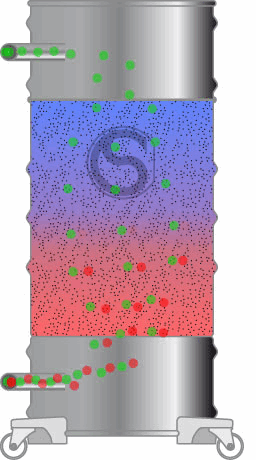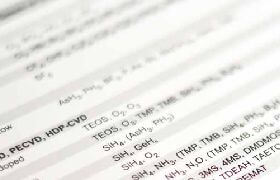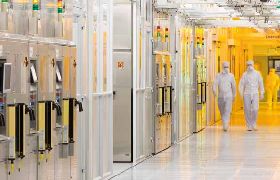CIGS Photovoltaics refers to thin films grown from the elements
Copper
Indium
Gallium
Selenide (also Sulfide). CIGS structures are deposited as very thin films, increasingly on flexible substrates such as polymers, in addition to glass. Though not all CIGS production processes rely on gases, a common technique employs co-evaporation or sputtering of solid sources to form a Cu-In-Ga alloy which is then selenized and sulfurized using the gases hydrogen selenide and hydrogen sulfide (H2Se and H2S). Both of these highly toxic gases lend themselves well to dry bed chemisorption – especially due to the ease and safe handling of the dry reaction by-products. Dedicated CLEANSORB models can be engineered for high volume CIGS manufacturing.
| Process Application |
Typical Gases Used |
| CIGS Photovoltaics |
H2Se, H2S |




